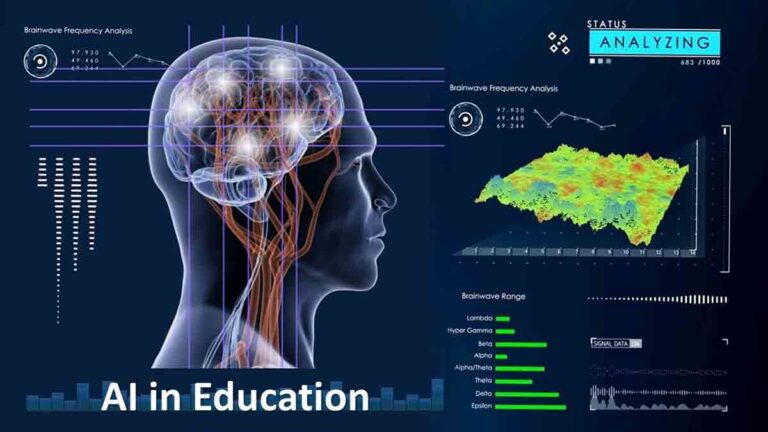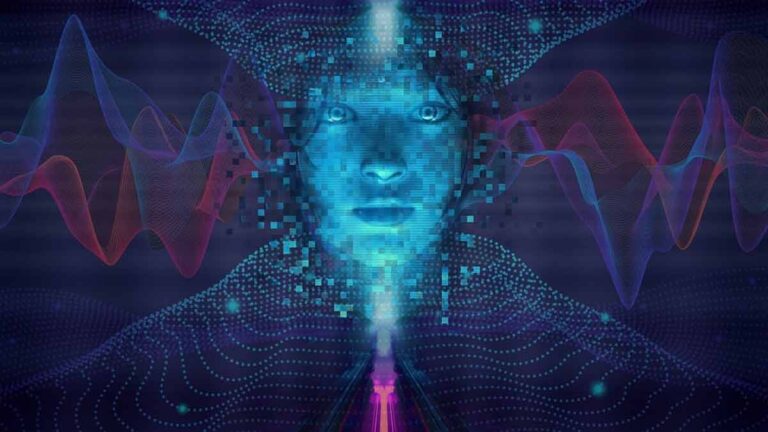How Generative Artificial Intelligence is Impacting Game Development
Generative Artificial Intelligence

There is plenty of conversation around artificial intelligence (AI), as it continues to revolutionize various business sectors. The capability of AI to analyze, learn, and make decisions has made it a valuable asset in fields like marketing, healthcare, and finance. Meanwhile, it is also making a noticeable impact on the gaming industry, particularly with generative Artificial Intelligence.
Generative Artificial Intelligence is a subset of the technology that offers game developers new creation methods, fundamentally changing how games are conceived, developed, and experienced. The term refers to any AI models that can create content, such as text, images, or audio.
The potential generative AI tools hold in gaming is immense. Let’s look at how the technology has helped the industry so far.
Streamlining Conceptualization
While graphics, cinematics, and gameplay mechanics are key pieces in the game development process, conceptualization is where it all begins. In the past, creating and testing game concepts required considerable time and effort. But generative AI can help speed this up.
Blizzard Entertainment, known for massively popular titles like World of Warcraft and Overwatch, is working on an internal tool called Blizzard Diffusion. This AI technology will help in generating concept art for environments, characters, and outfits. Hypothetically, the tool would help the company reduce the time between game launches.
Creating Game Assets Efficiently
Developing an expansive virtual world requires an extensive collection of graphical and audio assets. Such materials demand a large amount of resources – be it characters, objects, environments, ambient noises, music, and many more. With generative Artificial Intelligence, this burden is significantly lessened.
As an example, AI technology was used in developing Honkai: Star Rail, specifically the characters’ “facial appearance and behavioral patterns.” According to the developer HoYoverse, this decision was made primarily to enhance the gaming experience with more natural representation.
Assassin’s Creed developer Ubisoft is also experimenting with a program that will make the writing process less tedious. Called Ghostwriter, this AI-powered tool is set to generate first drafts of “barks” – phrases made by non-playable characters (NPCs) during a triggered event. The company noted that writing barks is considered one of the more mundane tasks for writers, and with this program’s support, the team has more time to hone the more important parts of their games’ narratives.
Reviving Classic Games
With the success of remakes of Resident Evil 4, Final Fantasy VII, and other beloved titles, it’s been proven that the gaming community has an appetite for nostalgia. However, remaking a game takes a significant investment in terms of time, money, and personnel. Fortunately, generative AI can streamline this process.
Revolution Software, the company behind the classic adventure game series Broken Sword, took their old line drawings and trained a generative Artificial Intelligence model to create in-game artwork in just minutes. This then helped the team in re-creating keyframes for Broken Sword: Shadow of the Templars, resulting in a remaster that’s fit for modern, ultra-HD displays.
Cutting Costs
Arguably, one of the most promising implications of generative Artificial Intelligence in game development is its potential to reduce costs. Conventionally, game development can be labor-intensive, as mentioned in the previous points. Revolution Software even admitted how remastering one of their most successful games wouldn’t be possible without generative AI – the company did not have the money for it.
The advent of generative AI signifies a decisive shift since it offers an automated solution to create aspects of a game efficiently, ultimately reducing time and costs.
Conclusion
The rise of generative AI is undeniably a game-changer in the world of game development as it provides advanced solutions to streamline the creative process. As more established names in the business adopt this technology, we can anticipate such changes becoming more prominent and extending across all aspects of game production and delivery.
Of course, this new and powerful technology comes with untapped risks and challenges. With every bound in innovation, stakeholders need to address ethical, security, and even copyright concerns. However, as AI continues to evolve and mature, solutions to these problems will likely emerge along the way.






